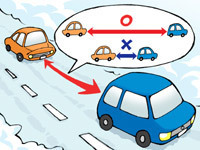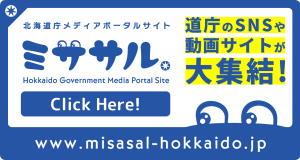Change tires early
When roads look black in early winter in Hokkaido, they may be frozen.
Moreover, drivers may be suddenly hit by snow in mountainous areas.
Change summer tires to winter ones as early as possible.
Also prepare snow chains, shovels, extra tire grips, jumper cables, tow ropes, etc. for snowy weather.
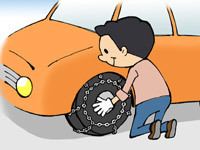
Early brake operation and the use of engine braking
Icy road surfaces are approximately 10 times as slippery as dry ones in summer and are very dangerous.
In particular, road surfaces around intersections and pedestrian crossings, in front of railway crossings, around busy streets, on bridges on cold days, and in the shade of trees and buildings are very slippery and require careful driving.
Reducing speed by early braking and the use of engine braking prevents traffic accidents.
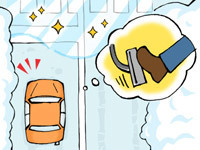
Soft brake operation and ABS (anti-lock brake system)
Press the brake pedal softly and stop your car without locking the tires.
However, braking hard in emergency situations may set off the ABS, and the brake pedal may feel uneven or tremble. Keep the pedal pressed regardless and use the steering wheel to control the car.
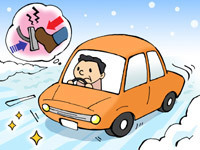
Watch your distance
When driving on winter roads, it is important to keep a longer distance between yourself and the car ahead than when driving on dry roads.
Slow down early and keep a safe distance to enable calm action against unexpected situations such as cars from the oncoming lane or cars ahead spinning.
In winter, more than three times the distance needed between cars in summer should be maintained for safety.
